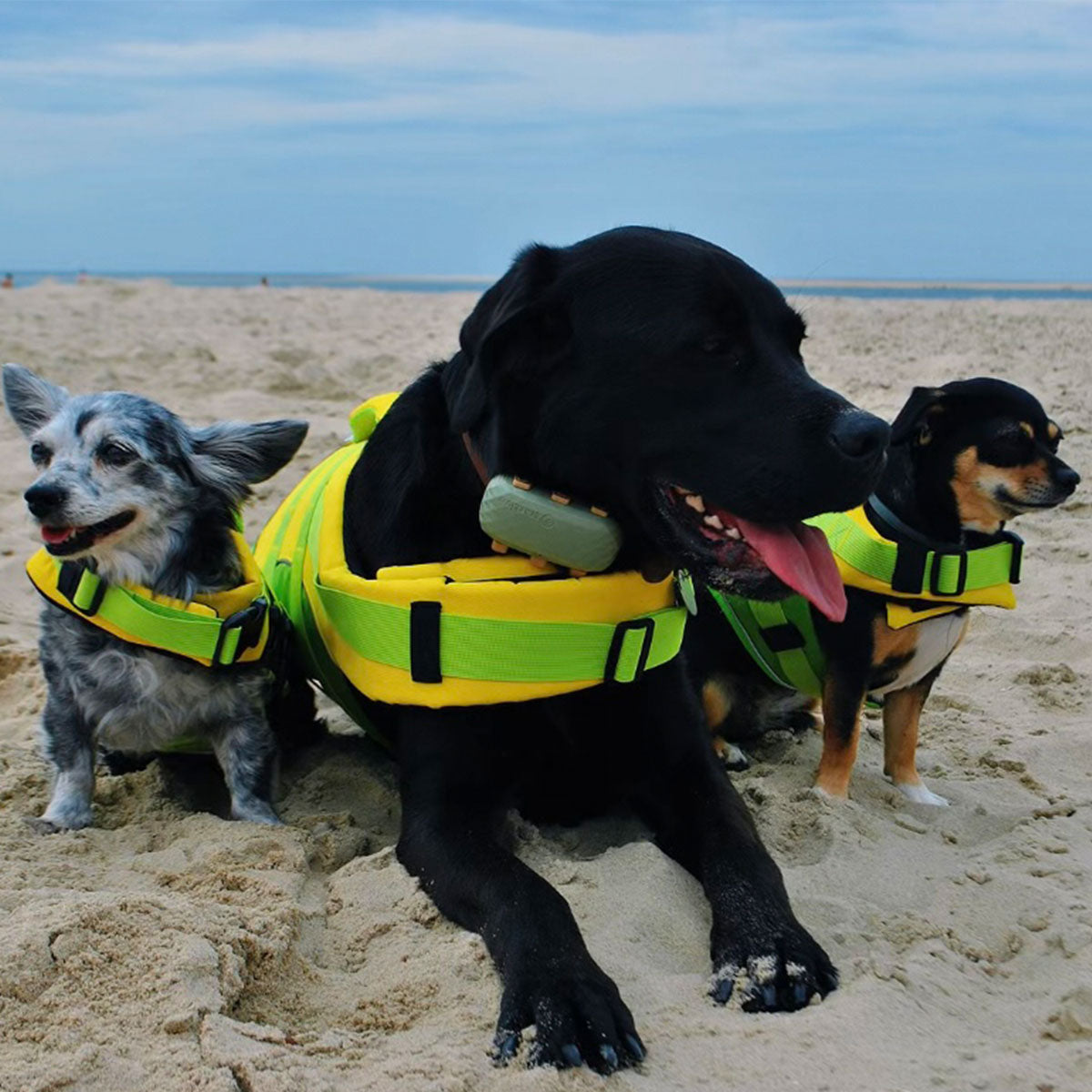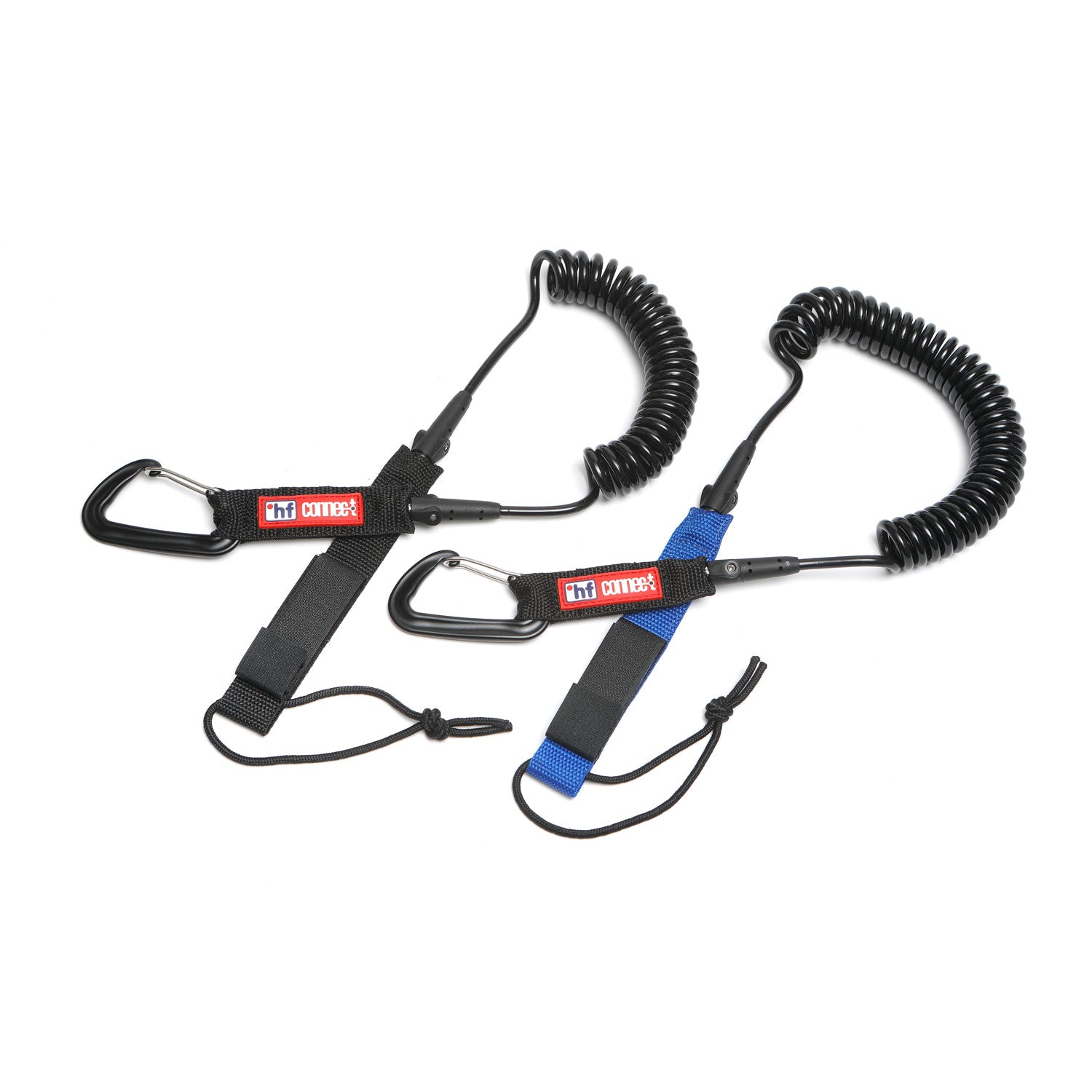
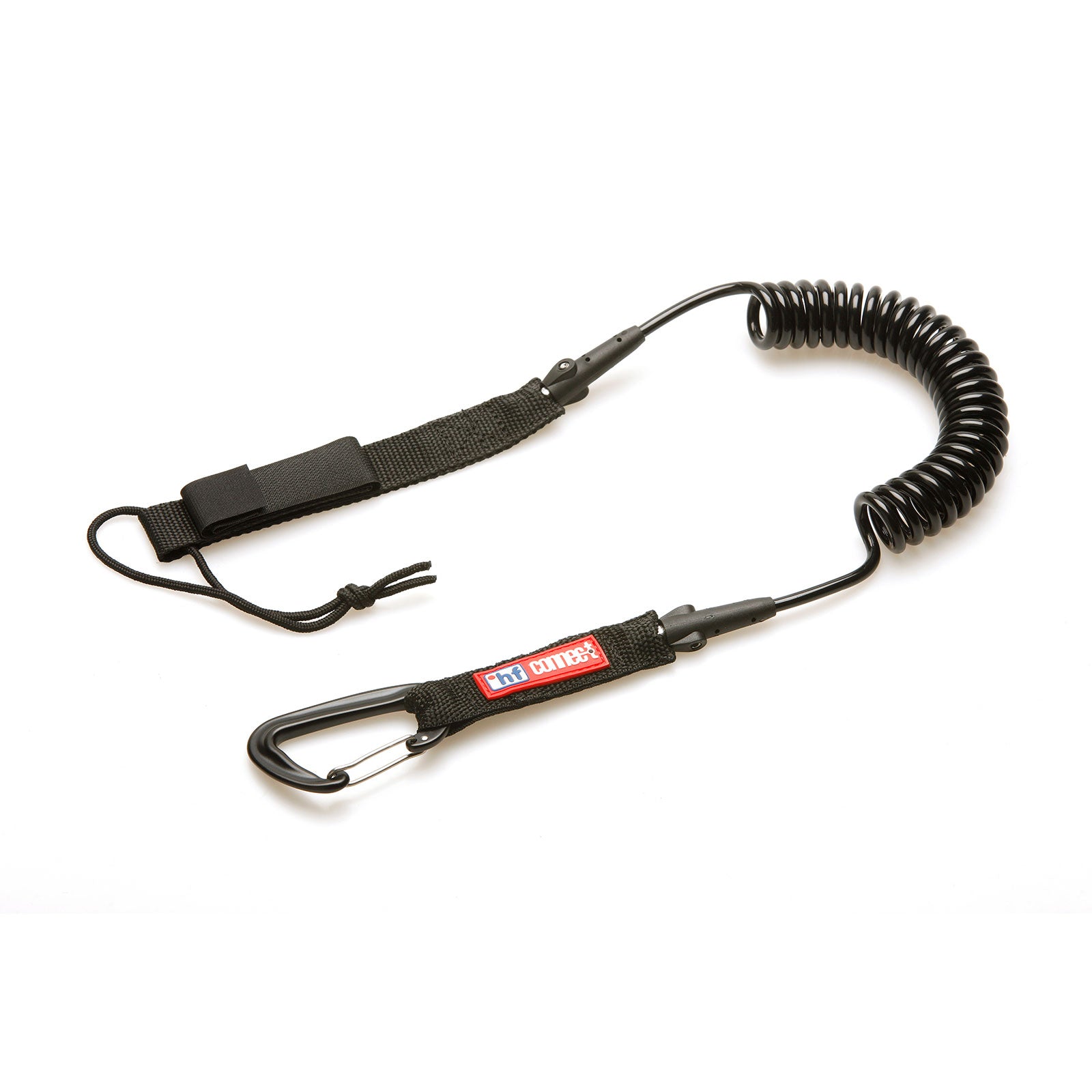
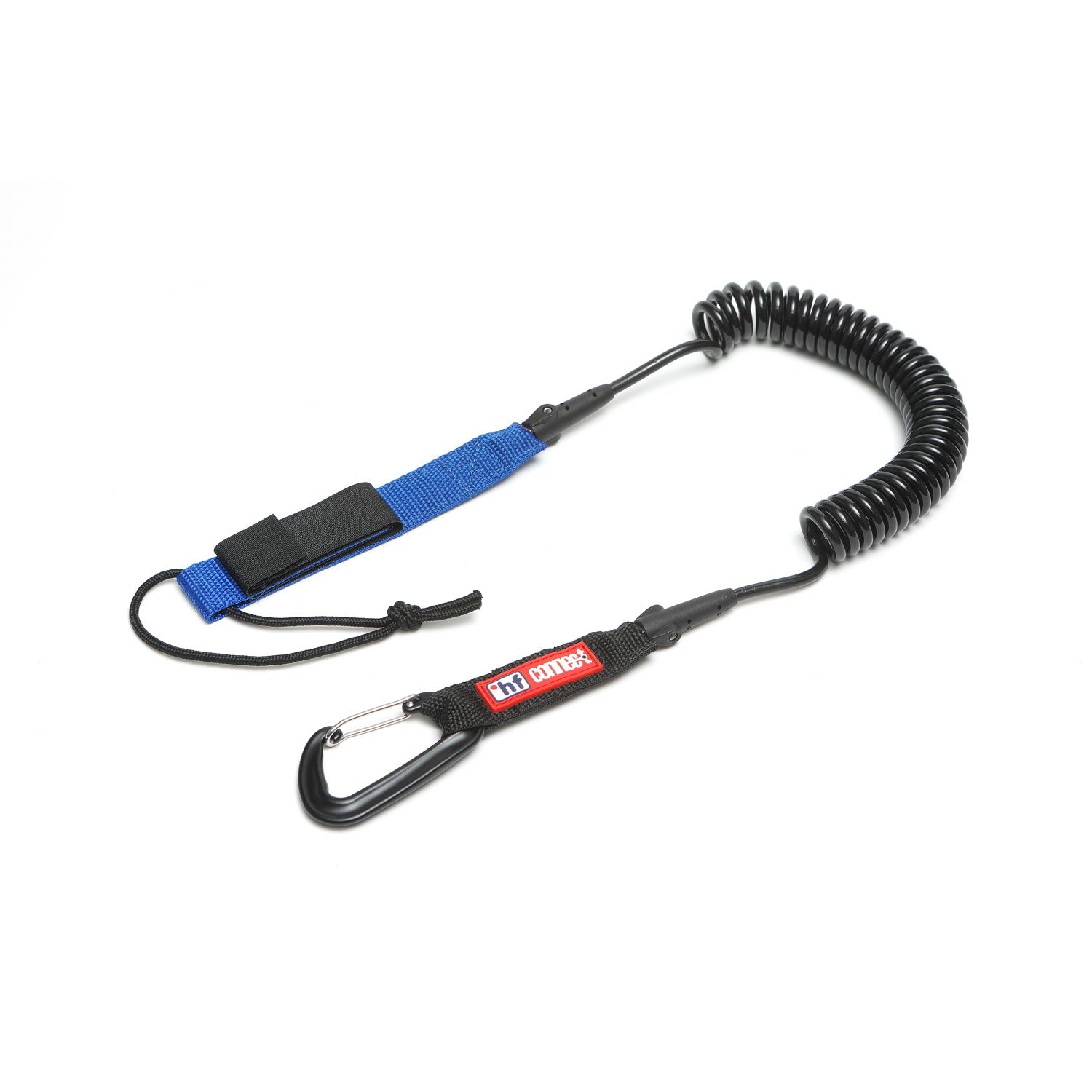
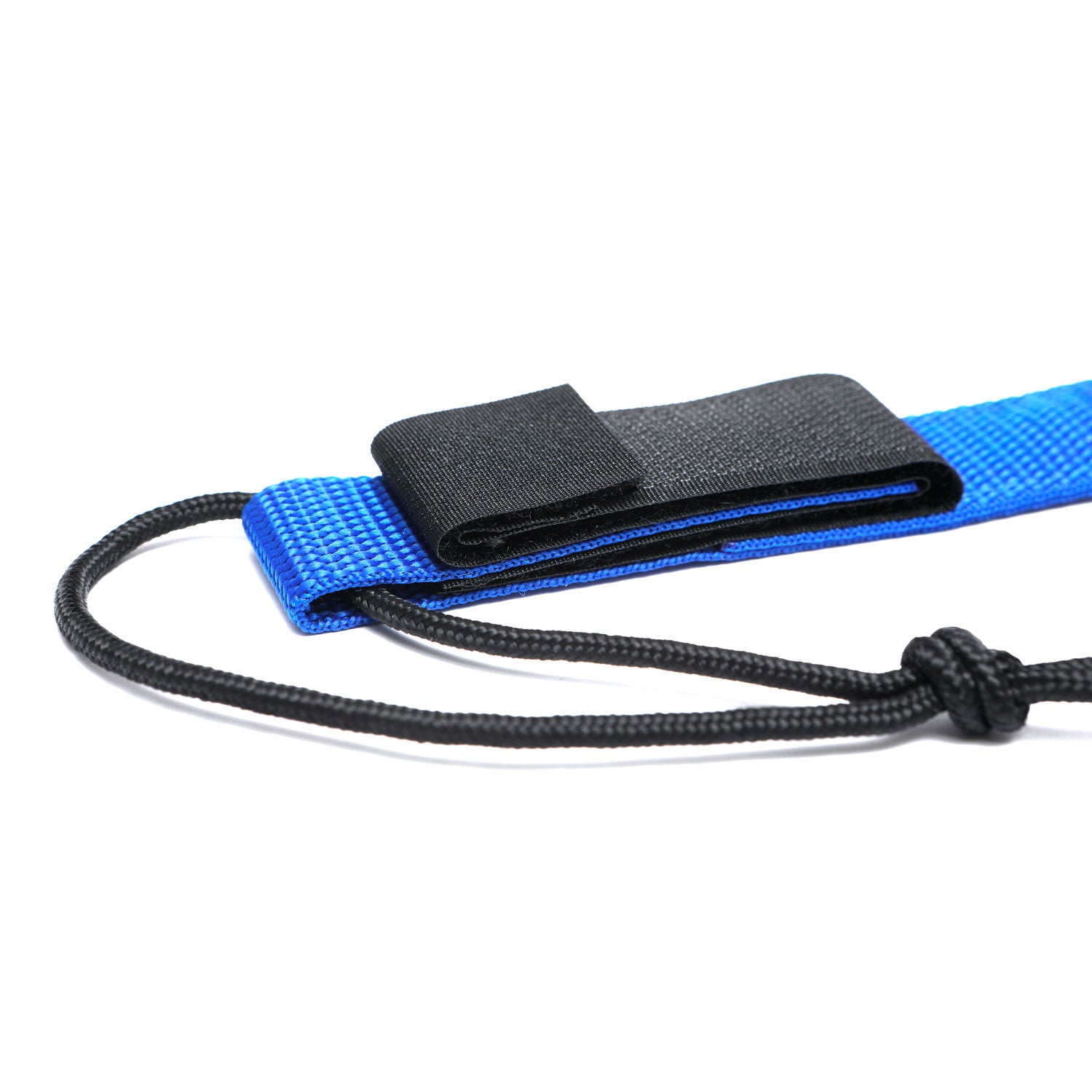
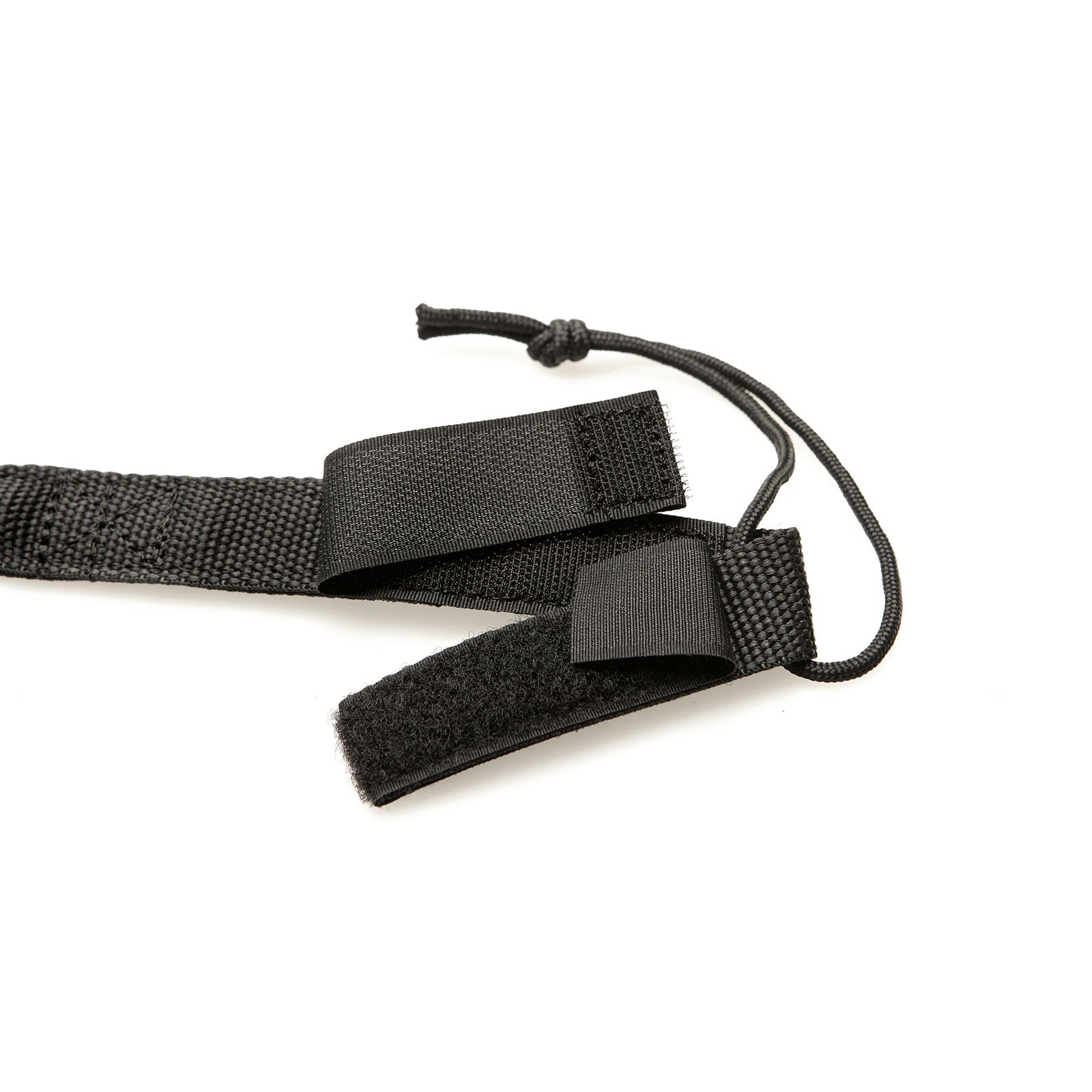
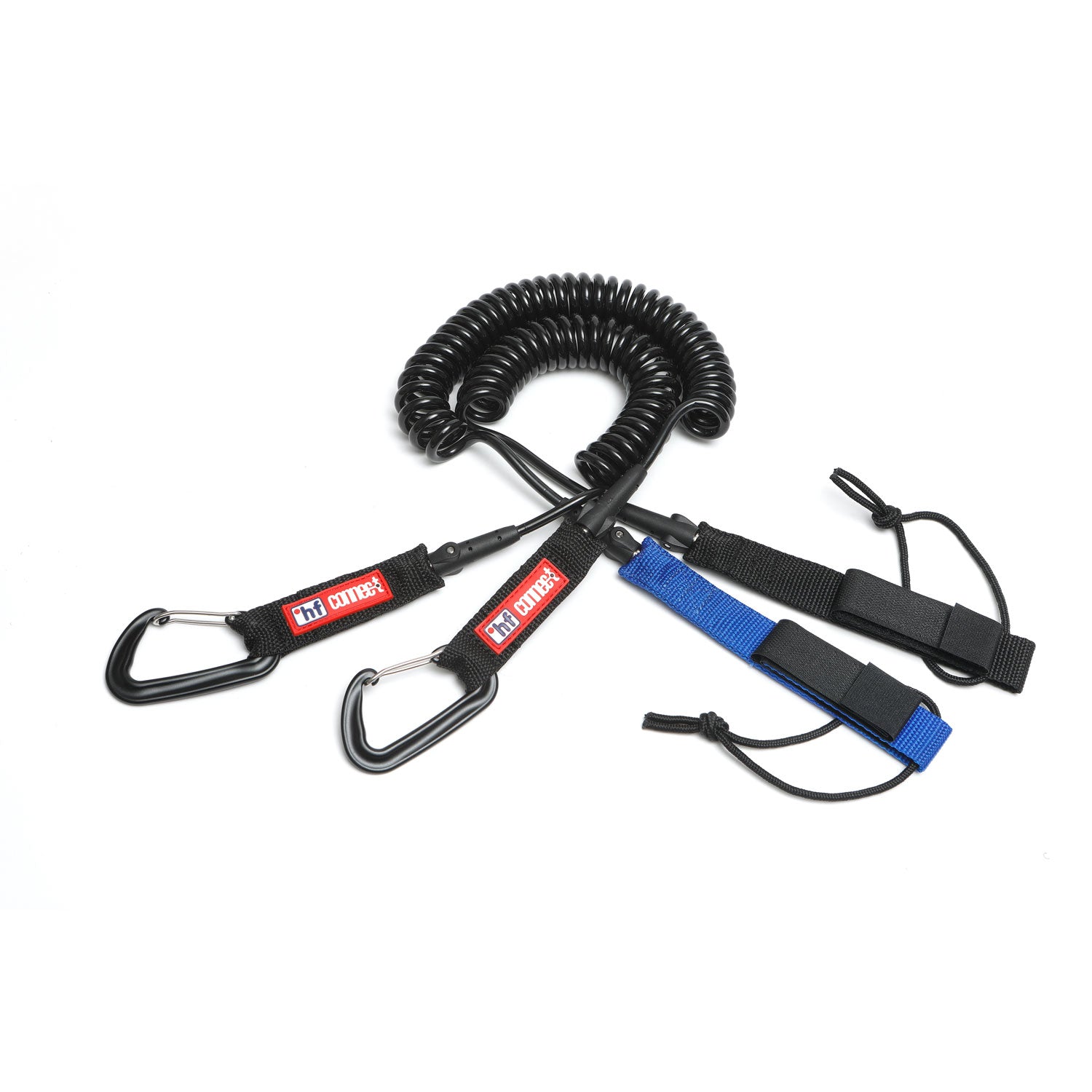
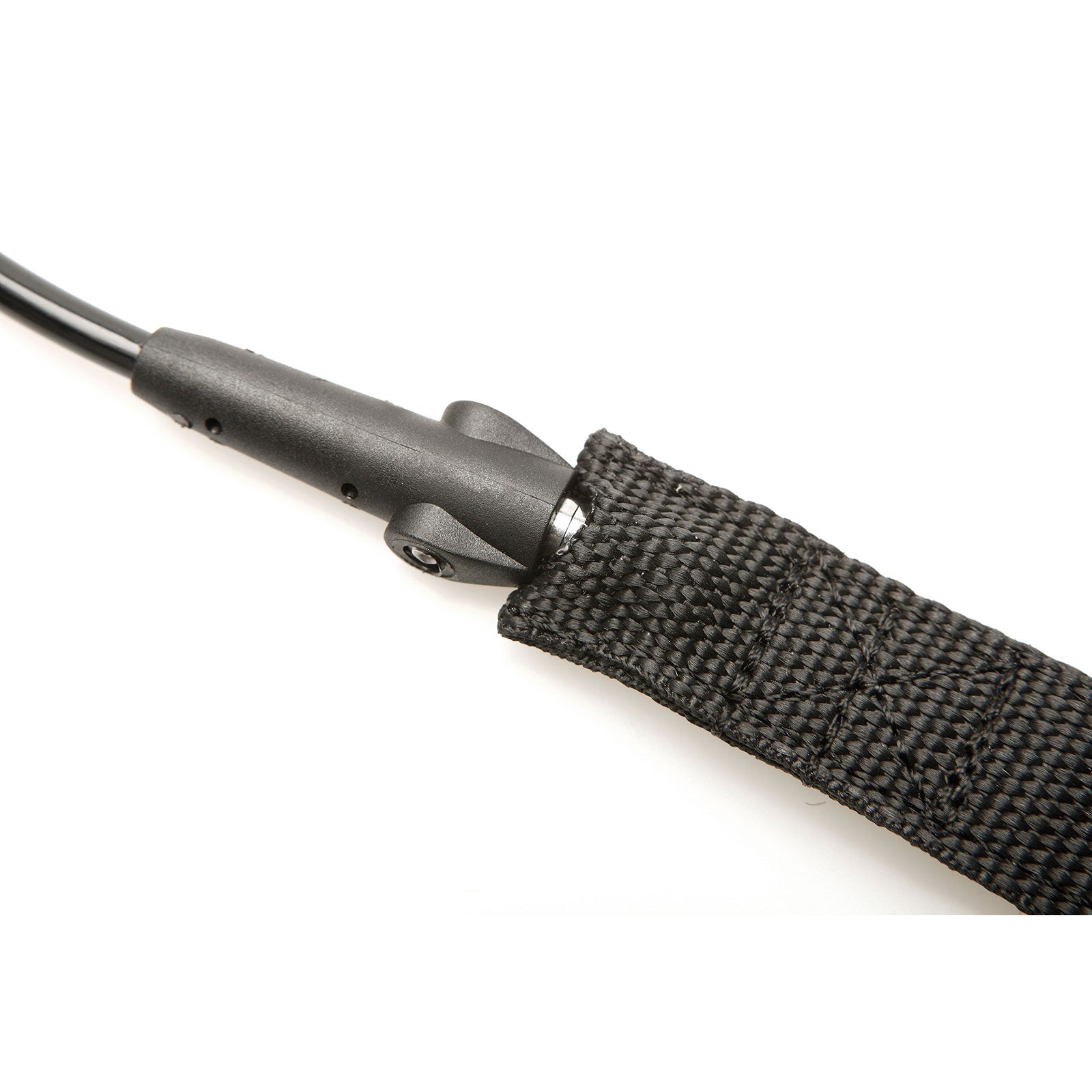
°hf Connect SUP Board LEASH
incl. VAT
Estimated Shipping: 2-3 working days
Free shipping on orders over 40€
30 days money-back
2-year warranty
More safety on all your Stand-Up Paddle tours
The °hf Connect LEASH is a spiral wound leash to connect the SUP board with the stand up paddler to prevent the board from drifting in wind, waves or current, which makes it a practical and necessary safety device on every stand up paddle tour.
In open water, it may be necessary to separate from your board in certain situations. The leash together with the °hf synergy BELT are perfectly equipped for this, as the belt has a corresponding emergency release system.
In addition, the harness has a RESTUBE READY interface to which, for example, a ACTIVE can be attached in order to have additional buoyancy in case of need and thus be able to help oneself and others.
Scope of delivery:
Safety instructions:
Fast shipping, full transparency
Orders received by us before 12 noon usually are dispatched on the same day. During special offers longer delivery times may apply.
You will receive a shipping information as soon as your order left our warehouse. With a tracking link you can always check the status of your delivery.
We usually ship with DPD in Germany and DHL in Europe.
Restube ships to the following countries:
|
|
Shipping costs |
Delivery Time |
|
Germany |
4,50 € Free shipping over 100 € |
2-3 working days |
| EU* (AT, BE, BG, CY, CZ, DK, EE, ES, FI*, FR*, GB*, GR, HR, HU, IE, IT, LT, LU, LV, MT, NL, PL, PT, RO, SE, SI, SK) |
8,50 € Free shipping over 150 € |
4-5 working days |
|
United Kingdom |
8,50 € Free shipping over 150 € |
4-5 working days |
|
Switzerland |
12,99 € |
4-5 working days |
|
Bosnia-Herzegovina, Norway |
14,99 € |
4-5 working days |
International shipping and custom duties
If the delivery is made to a non-EU country, further customs duties, taxes or fees may be payable by the customer, but not to the supplier, but to the customs or tax authorities responsible there. The customer is advised to enquire about the details with the customs or tax authorities before placing the order.
The delivery time of individual products may vary. Different delivery times are shown on the corresponding product page.
Please be aware: Orders containing products of the category “Merch” as well as other products, will be split into two deliveries as they are shipped from different warehouses. The shipping costs listed above will be charged for each delivery. As soon as the minimum order value specified above for free shipping is reached, shipping is free for both deliveries.
Excluded from shipping are the following destinations: Ålandinseln, Bouvet Island, Guadeloupe, Guernsey, Isle of Man, Jan Mayen, Jersey, Mayotte, Réunion and Spitsbergen.
If you are not from Europe you can order Restube online in the following countries:
Compatible with

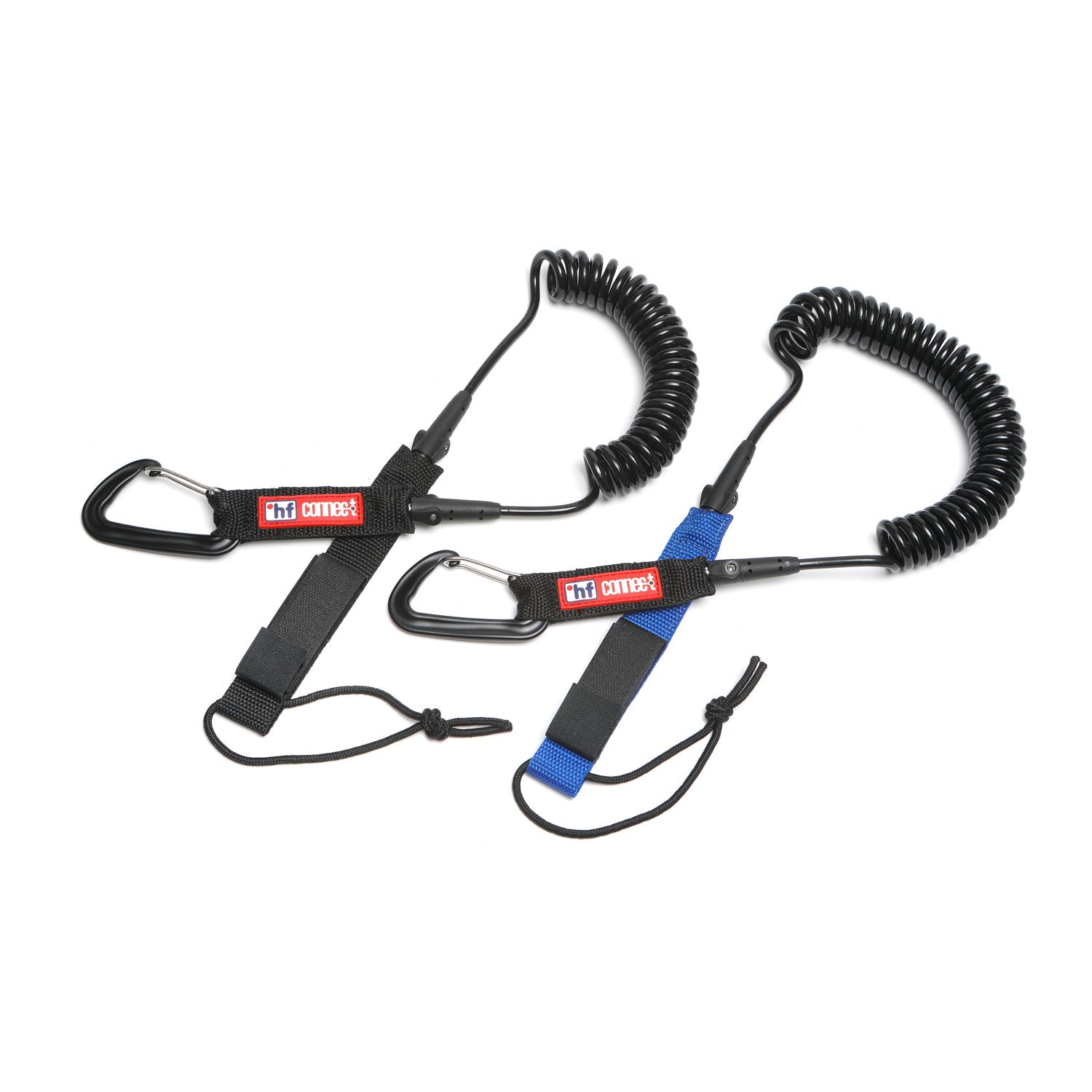
Choose between two lengths
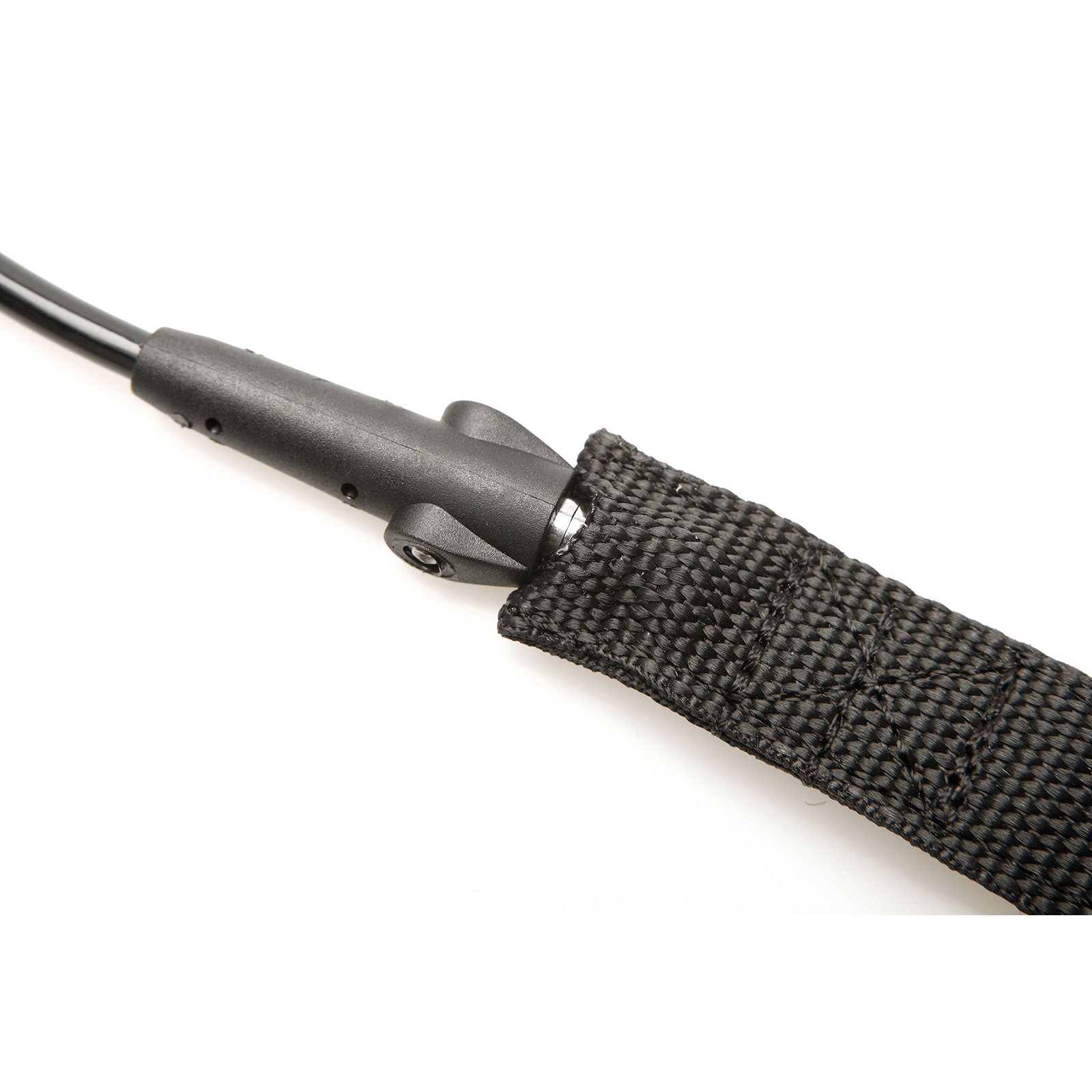
Stainless steel double swivels prevent the leash from twisting
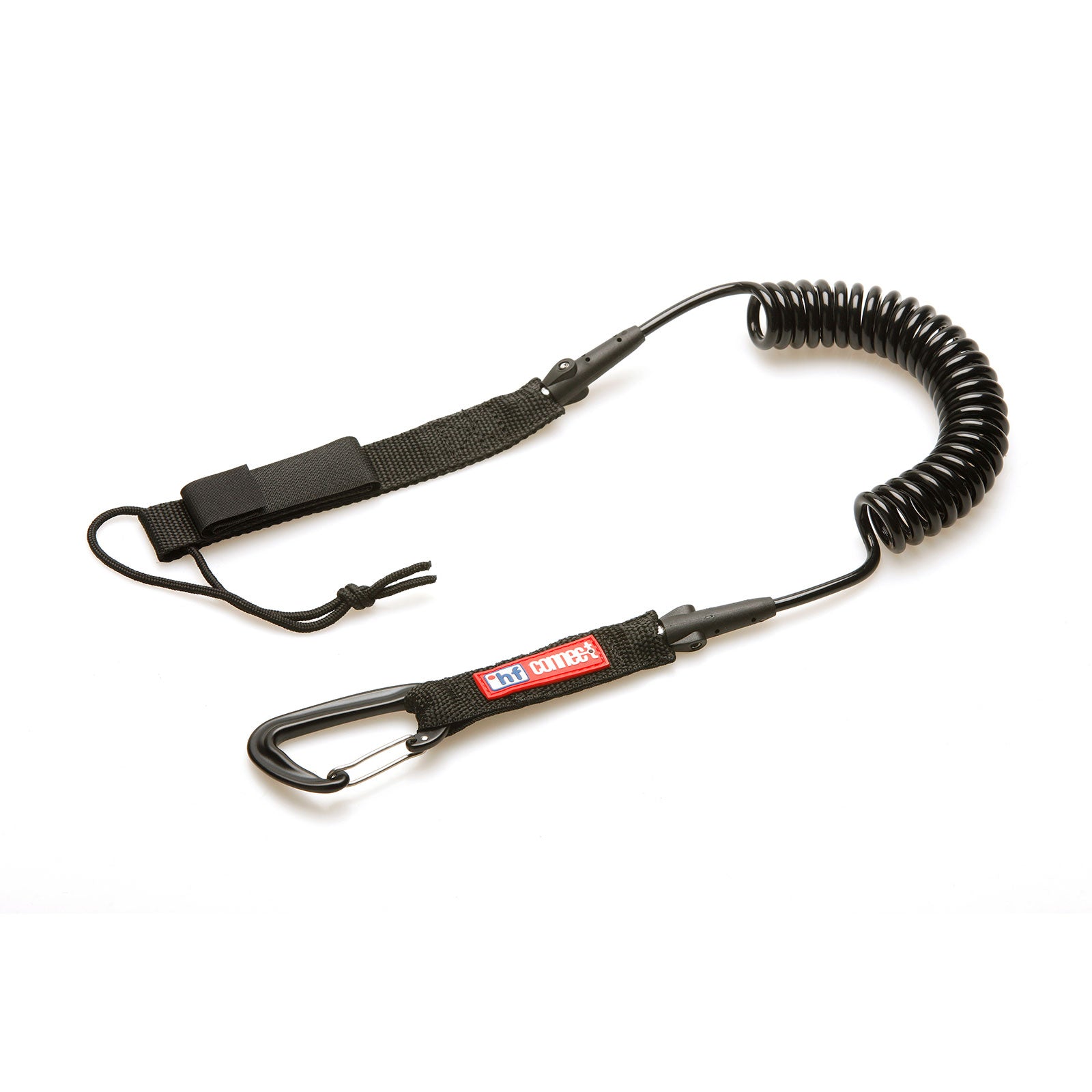
Solid urethane cord
200+ professional agencies using RESTUBE

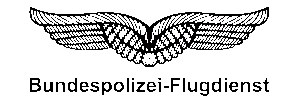

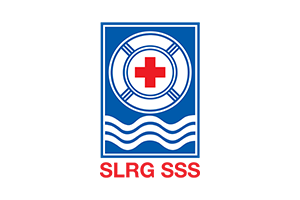
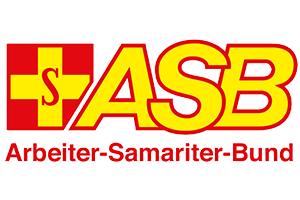

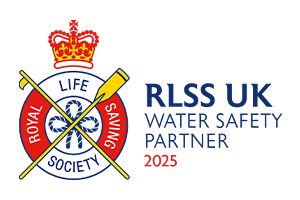

Known from







